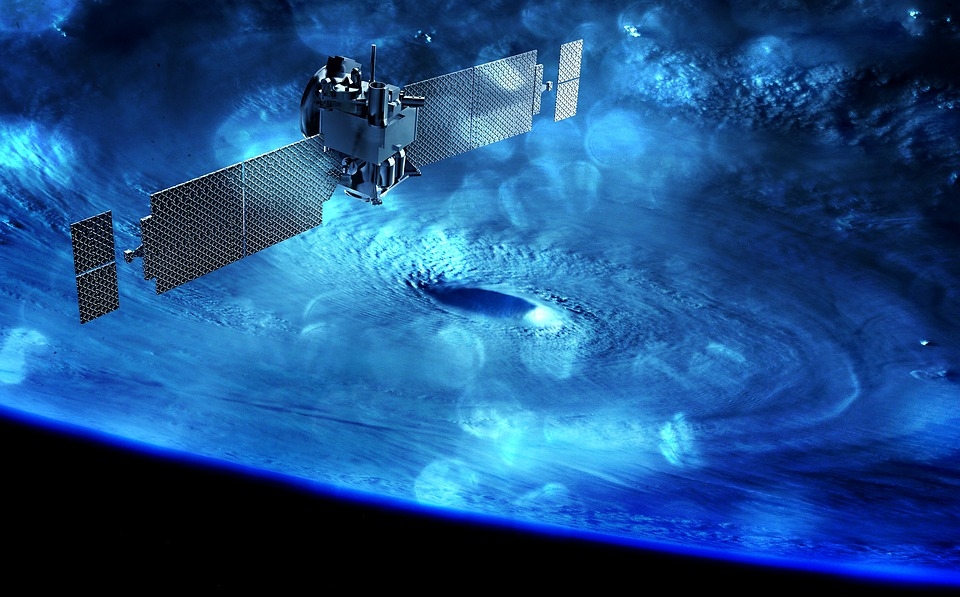As of late, scientists have warned of the many floating space debris surrounding our planet and the challenges it would present us. NASA has recently raised concerns regarding a tech firm’s plan to build a satellite constellation.
The agency has warned about space debris increasing the probability of an asteroid or space object hitting Earth following a tech company’s plans to create a satellite constellation. AST & Science revealed its plans to construct a satellite constellation that can provide internet to the world. The company will place the satellites in a low-Earth orbit which is similar to how Elon Musk’s Starlink satellites function. The firm’s satellite constellations will be placed 720 kilometers above the Earth’s surface and will be made up of over 240 smaller satellites.
The project was met with concerns from space experts including NASA, who said that this would make it more likely to result in a collision with Earth. The agency also said that this satellite constellation would pose a challenge for future space travel and satellites. It should be noted that there are already over 160 million bits and pieces of space junk orbiting our planet.
NASA has raised concerns about where AST & Science plans on placing their satellites. The region the firm has planned to place them in also happens to be where the agency’s A-Train Earth Observation satellites are. Their concerns were presented to the Communications Commission. The agency will urge the tech firm to think of alternative orbit regimes for their constellation, suggesting that they place their satellites below the A-Train instead.
Meanwhile, NASA and ESA’s Hubble Space Telescope is on its way to taking what is going to be its longest survey of space yet. Astronomers have begun a new initiative to further understand the diversity of stars. The initiative is known as the UV Legacy Library of Young Stars as Essential Standards also known as ULYSSES. The Hubble will be surveying over 300 stars in our own Milky Way galaxy as well as neighboring galaxies including the Large Magellanic Cloud. ULYSSES will also be known as the longest survey by the Hubble yet.



 Why is the universe ripping itself apart? A new study of exploding stars shows dark energy may be more complicated than we thought
Why is the universe ripping itself apart? A new study of exploding stars shows dark energy may be more complicated than we thought  Could a telescope ever see the beginning of time? An astronomer explains
Could a telescope ever see the beginning of time? An astronomer explains  Six space missions to look forward to in 2024
Six space missions to look forward to in 2024  Spacesuits need a major upgrade for the next phase of exploration
Spacesuits need a major upgrade for the next phase of exploration  Dark energy is one of the biggest puzzles in science and we're now a step closer to understanding it
Dark energy is one of the biggest puzzles in science and we're now a step closer to understanding it  Customizing mRNA is easy, and that's what makes it the next frontier for personalized medicine − a molecular biologist explains
Customizing mRNA is easy, and that's what makes it the next frontier for personalized medicine − a molecular biologist explains  The brain is the most complicated object in the universe. This is the story of scientists’ quest to decode it – and read people’s minds
The brain is the most complicated object in the universe. This is the story of scientists’ quest to decode it – and read people’s minds  Synthetic human embryos let researchers study early development while sidestepping ethical and logistical hurdles
Synthetic human embryos let researchers study early development while sidestepping ethical and logistical hurdles  The brightest object in the universe is a black hole that eats a star a day
The brightest object in the universe is a black hole that eats a star a day  Archeoastronomy uses the rare times and places of previous total solar eclipses to help us measure history
Archeoastronomy uses the rare times and places of previous total solar eclipses to help us measure history  Why some people don't trust science – and how to change their minds
Why some people don't trust science – and how to change their minds  Why now is the time to address humanity’s impact on the moon
Why now is the time to address humanity’s impact on the moon  Tatahouine: 'Star Wars meteorite' sheds light on the early Solar System
Tatahouine: 'Star Wars meteorite' sheds light on the early Solar System 































